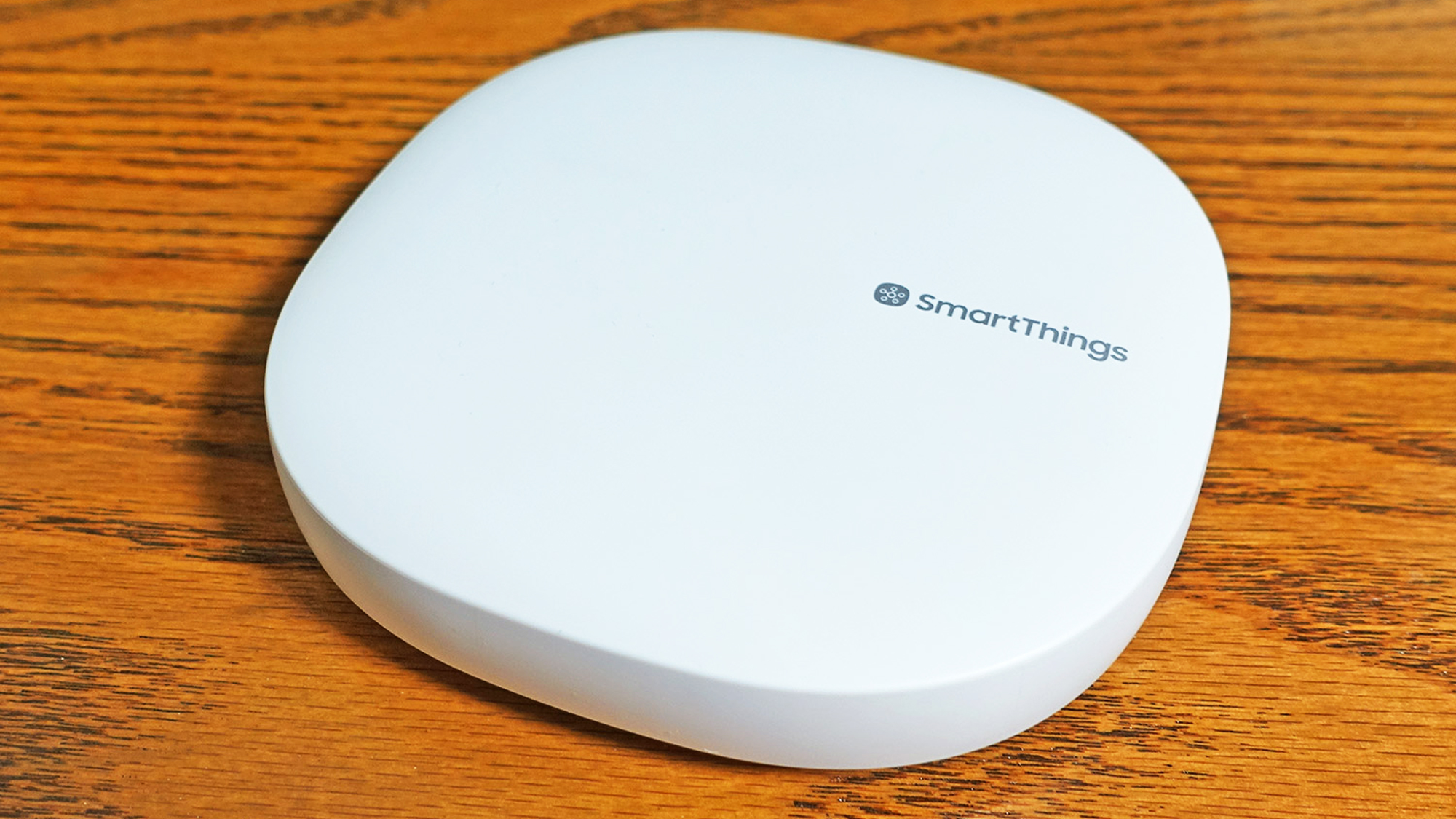DIY smart home: Do you need a smart home hub?

When I started my DIY smart home project, one of the driving decisions I had to make was whether I would need to build my new intelligence space around a smart home hub.
The best smart home hubs provide a platform for connected devices to communicate and work together. These hubs feature antennas for smart home protocols like Z-Wave, Thread and Zigbee. In some cases, the antennas come built into multipurpose smart home products like the Amazon Echo (4th Gen). You can also find them in Samsung SmartThings, a dedicated piece of hardware.
- DIY smart home: Why I chose Alexa over Google Assistant
- Plus: Why I bought a wine fridge — and you should, too
These days, most smart home products actually don’t require a hub, making it simple for anyone to raise their space’s IQ with a simple smart speaker, smart light or smart plug. Companies have developed connectivity features enough to get their products online just through Bluetooth or a Wi-Fi network password.
While I’ve managed to survive sans-hub in smaller living spaces so far, the vision I have for my parent’s home is more demanding. We skipped on smart kitchen appliances, but already acquired a smart thermostat, a number of smart switches and a smart home control panel that’s saving me thousands.
With all these devices, I might manage to rival the Jetson’s home. But I also risk complicating routines and automations with multiple apps and users, which is why a smart home hub makes sense for me. But does it for you?
Why you need a smart home hub
A smart home hub can connect with devices up over 100 feet away, depending on the construction of your home. If you live in a larger space, introducing an antenna in an ideal location, like near your router, a smart home hub will give your devices a ‘home base’ of sorts.
This centralization can also unite your devices if they come from multiple brands with varying connectivity options. For example, if you have Philips Hue lights, Ring security cameras, August smart locks and Sonos speakers all under the same roof, a smart home hub will help them communicate with each other.
Get instant access to breaking news, the hottest reviews, great deals and helpful tips.
Often you can even set up your products directly through a smart home hub app. The mobile app also creates a dashboard for all your smart home devices, so you can see what’s on or off at any given time, even when you’re away. The dashboard lets you adjust specific settings like the temperature of your smart thermostat or color of your smart lights, too.
Without a hub, you might spend a few extra seconds switching between apps to make changes. A few seconds isn’t much here and there, but it adds up if you’re in a bustling household with lots of rooms and devices.
Why you don’t need a smart home hub
If you’re in a smaller living space and have fewer devices, a smart home hub might not be a worthwhile investment. The same goes for if you’re not interested in setting up smart home routines and don’t mind using multiple apps.
I fall into all those categories in my personal apartment, where I use a handful of renter-friendly products. These devices are all just steps between each other, so I can adjust them manually whenever I want, too. For the one or two devices I want routines for, I can assign schedules within their independent apps.
That said, I wouldn’t go out of your way to avoid smart home hubs. While they’re not as mainstream as they once were, plenty of popular products offer connectivity antennas built-in, giving you the option to enjoy the benefits of a smart home hub. In my home, we’re using the orb-shaped Amazon Echo as our speaker and access to Alexa hands-free, but it’ll also act as a smart home hub anyone in the family can easily navigate.
Be sure to check out my guides to the best smart home devices (and best cheap smart home devices) for more gadget recommendations. Email me at kate.kozuch@futurenet.com or leave a comment below with anything you’d like to see me cover in the connected space — I might just address it in a future installment.

Kate Kozuch is the managing editor of social and video at Tom’s Guide. She writes about smartwatches, TVs, audio devices, and some cooking appliances, too. Kate appears on Fox News to talk tech trends and runs the Tom's Guide TikTok account, which you should be following if you don't already. When she’s not filming tech videos, you can find her taking up a new sport, mastering the NYT Crossword or channeling her inner celebrity chef.
